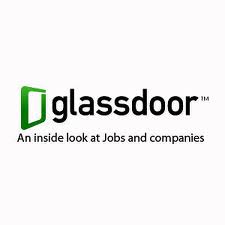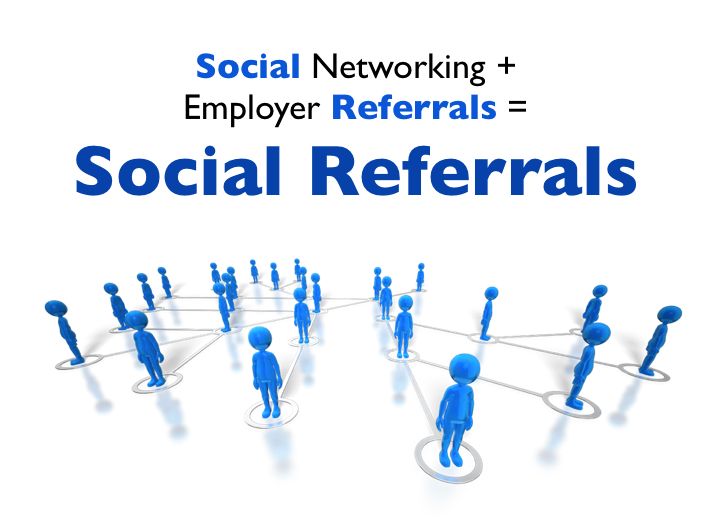Andrew Brandt – The self-stated LinkedIn Curmudgeon wrote a recent post about his issues as a LinkedIn user and trainer and the rolling LinkedIn Updates / Upgrades.
I’ve had similar experiences, and decided to write the following open letter to LinkedIn CEO, Jeff Weiner.
If you agree, please “Like”, “Comment”, or “Share” this with your fellow LinkedIn, Facebook, Twitter, and Google+ friends. Let LinkedIn know if you agree.
Dear Jeff Weiner,
First off, Thank you and the incredible team at LinkedIn for making it easier for us members to network and build our personal brands with our professional communities.
That being said, the Rolling Upgrades are Killing Me!
LinkedIn is now a daily tool used by millions of us users.
Making changes to our daily routines and operations, and how we do our jobs, is very frustrating.
Imagine being upgraded from MS Word 2000 to MS Word 2003, every couple of months!
But, with No warning!
No explanation!
No documentation!
And, no place to go for help, or to understand the benefits of the new features.
And, by the way… I can’t ask any of my co-workers, or cube-mates for help, because they’re still on the old version.
It’s incredibly frustrating for us.
It’s also incredibly frustrating for the greater LinkedIn community.
As someone who speaks, blogs, and trains job seekers and Sales & Marketing teams on using LinkedIn, it’s always a loaded gun dealing with LinkedIn version controls.
The “New Profile”, “New Media Upload”, “Contacts”, and “Who’s Viewed Your Updates!” upgrades have been great, but the roll-outs have been excruciatingly painful!
As someone who has built, tested, and released hundreds of complex website and ERP system updates and upgrades, I understand the level of complexity required for global roll-out.
Rolling out a Global interactive software product is probably one of the most difficult technical events any company can under take… Doing it several times a year is that much harder.
Testing alone is difficult. Updating multiple global server farms, with multilingual support, is a something very few can do well.
Believe us! As members, and users, we get it!
We greatly appreciated and welcome the updates.
As members, now that you have us using the site everyday, please remember that ‘spontaneous’ interruptions in our daily procedures are not always welcome.
All we ask is that major user interface or functionality changes are rolled out in a different way.
Instead of asking us to “Update our Profile” or “Endorse people we “don’t-know-well” for skills that we “don’t-know-if-they-have”, why not let us “upgrade” ourselves?
Once you have enough people for the test, or rollout sample, shut-off the notification.
Give us the option.
If that’s not possible, at least give us the courtesy of a notification of the update, with links to videos and explanations about what just changed!
Writing a blog post is fine, but if I don’t see the update for 90 days later, what use is the blog post?
Thanks for listening,
Jonathan Duarte and the LinkedIn Community





